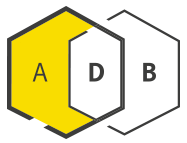Compound ID | 2034
Nadifloxacin
Synonym(s): OPC-7251
Class: Fluoroquinolone
| Spectrum of activity: | Gram-positive |
| Details of activity: | Binds to type II topoisomerases, gyrase and topoisomerase IV and thus, inhibits DNA cleavage and ligation reactions. It kills bacterial cells by increasing the concentration of enzyme–DNA cleavage complexes, thereby inhibiting cell replication. |
| Description: | Synthetic quinoline derivative. Topical use for skin infections (acne vulgaris). |
| Year first mentioned: | 1989 |
| Development status: | Approved in several countries |
| Chemical structure(s): | |||||||||||
|
|


